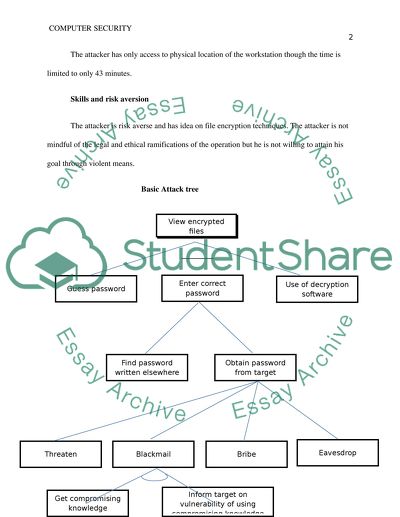Cite this document
(“Computer Security Essay Example | Topics and Well Written Essays - 2000 words”, n.d.)
Retrieved from https://studentshare.org/information-technology/1396656-computer-security
Retrieved from https://studentshare.org/information-technology/1396656-computer-security
(Computer Security Essay Example | Topics and Well Written Essays - 2000 Words)
https://studentshare.org/information-technology/1396656-computer-security.
https://studentshare.org/information-technology/1396656-computer-security.
“Computer Security Essay Example | Topics and Well Written Essays - 2000 Words”, n.d. https://studentshare.org/information-technology/1396656-computer-security.


